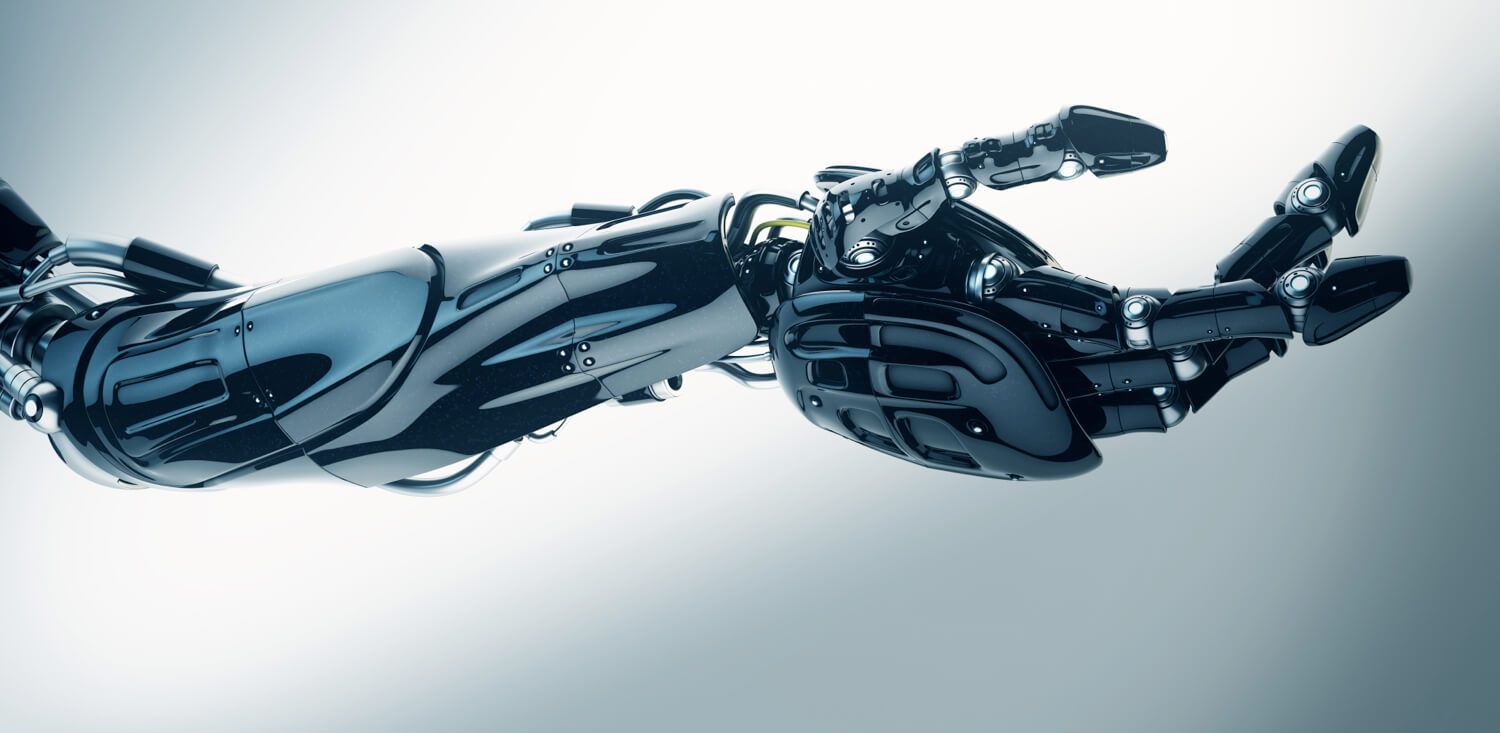Sep 30, 2015
Engineers have developed a robotic hand that can recognize objects
Posted by Dan Kummer in categories: computing, electronics, robotics/AI
Engineers at MIT have built a three-fingered robotic hand that can identify and safely grasp delicate objects by relying on an increasingly popular approach to making robots useful: making them soft.
Human hands are not easy for robotics engineers to emulate. The simple act of picking up an item involves all kinds of abilities that humans don’t notice. Among other things, our grip has to be secure without crushing the thing we’re grasping, and our fingers have to form shapes that can fit many types of objects — everything from a sheet of paper or a piece of fruit to a pencil or a living thing.
Continue reading “Engineers have developed a robotic hand that can recognize objects” »


















